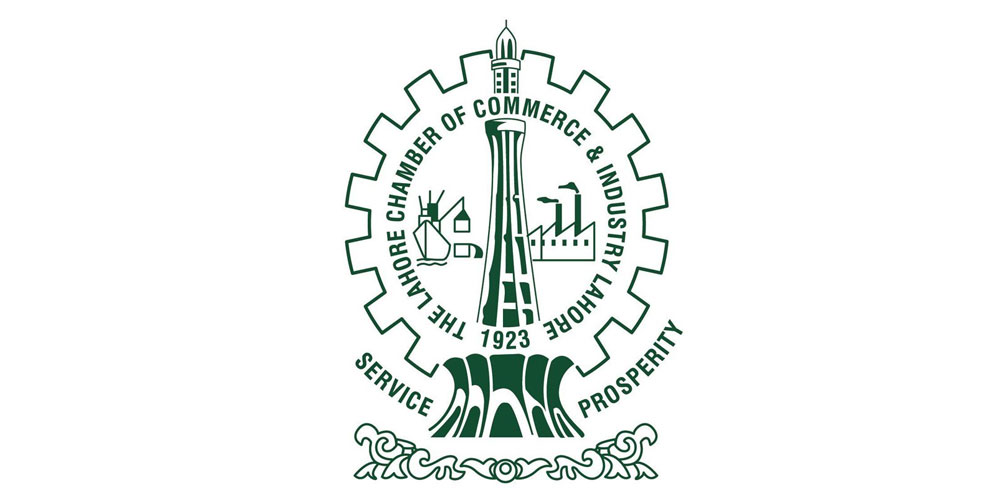Measures announced by the President will do nothing to ease the pressure on the Guyana dollar
By Stabroek News
Copyright stabroeknews

Dear Editor,
I write with reference to the news that the government has injected US$1.2B in the foreign exchange market for the year thus far. This is an astounding amount since interventions were zero in 2020. They rose to US$323M in 2024 and will probably hit $2B in 2025. The growth in interventions point to unsustainable demand in the foreign exchange market. Curing this situation will require fiscal, monetary, and other prescriptions. It is noteworthy that the President has waited until the post-election period to address this malignant situation. The duplicity of hiding this and other serious issues from the voters has not gone unnoticed.
The expectation of every investor prior to 2020 was for the Guyana dollar to appreciate. Today we in Guyana are faced with the real possibility of the devaluation of our currency. Sadly, a review of the President’s recommendations suggests an absence of proper analysis of the problem and a reflexive default to currency controls which are bound to fail. The measures agreed with a bunch of docile bankers are cosmetic and will do nothing to ease the pressures on the Guyana dollar.
This government has been focused on infrastructure spending as its pathway to reelection. To facilitate this, the government has been on a borrowing and spending spree. Domestic credit to the central government grew from G$142B in 2020 to G$857B in August 2025. External debt grew from US$1.321B in 2020 to a projected US$3.689B in 2025. This spend has led to higher demand for foreign exchange from both private and state actors. The situation would not be so grave if the infrastructure spend was directed towards improving an export-led non-oil sector. Instead, much of it was directed towards poor quality infrastructure. This has been a huge problem resulting in excessive rebuilding of recently constructed roadways and the wastage of valuable foreign exchange.
The non-oil GDP growth rate was 13.1% in 2024. This rate is expected to fall to 12.9% in 2025. Growth in the non-oil sector in 2024 was driven mainly by the construction sub-sector with a growth rate of 30.1%. However, construction is a huge consumer of forex. Phase 1 of the Gas to Energy (GTE) project, now estimated to cost US$2B, will only replace the output of the current heavy fuel oil (HFO) generators. This GTE project is five years in the making. Phase 2 will probably take another five years to complete. Add another two to three years for new industries to come onstream. This means that there will be no significant growth of foreign exchange earnings from the non-oil sector in the medium term. Without a focus on developing an export-led, non-oil sector, Central Bank interventions will continue to be the order of the day.
Gold was previously a big contributor to our foreign currency earnings. However, smuggling is now rampant. Gold production fell from 641,828 ozs in 2019 to 434,067 ozs in 2024 even as the price increased from US$1392 per oz to US$2388 per oz. An estimated US$500M is being lost to the economy annually via gold smuggling. Key supporters of the government are involved in this smuggling of gold. It was therefore no surprise that the President did not identify addressing gold smuggling as one of his measures.
The measures highlighted by the President ignore the impact of the fiscal recklessness of his administration since government spending is responsible for an unhealthy amount of foreign exchange demand. They also ignore his failure to stop the smuggling of gold. Further, they demonstrate an inability to plan and develop an export-led non-oil sector. His government has also prioritized foreign investors over local entrepreneurs. The bitter harvest of their profit taking is also now upon us. The proposed measures are bureaucratic and threaten to take Guyana, now a petrostate, back to the dark days of foreign exchange controls in the 70s and the 80s. This is likely to reduce confidence in the currency and increase capital flight.
Last, the President blasted folks who use personal credit cards for business purposes. There are many reasons why people use personal cards for business. These include the accumulation of loyalty points and so on. Transferring business purchases from a personal card to a business card will not alter the demand for currency. Additionally, it will make life difficult for small entrepreneurs who must now face the scrutiny of notoriously difficult local bankers when they apply for business cards.
Terrence Campbell



